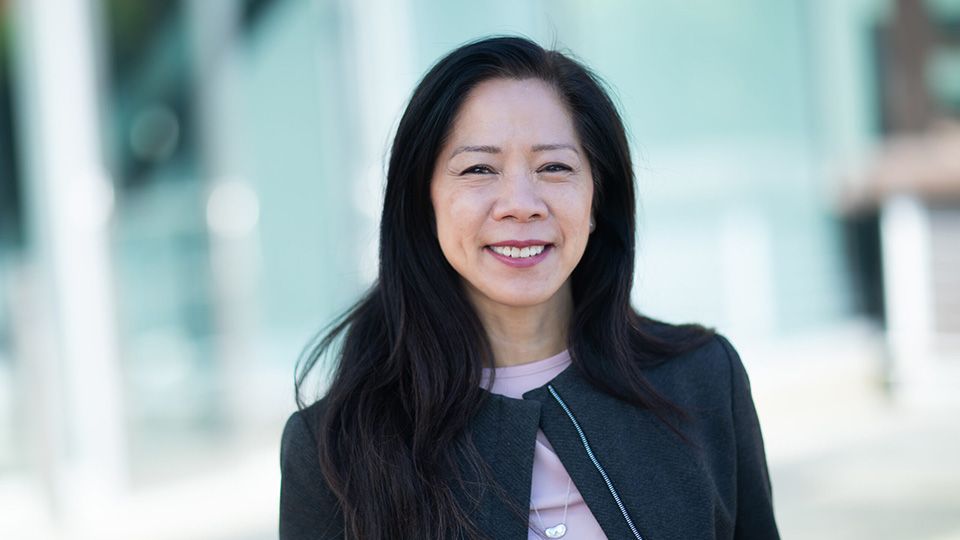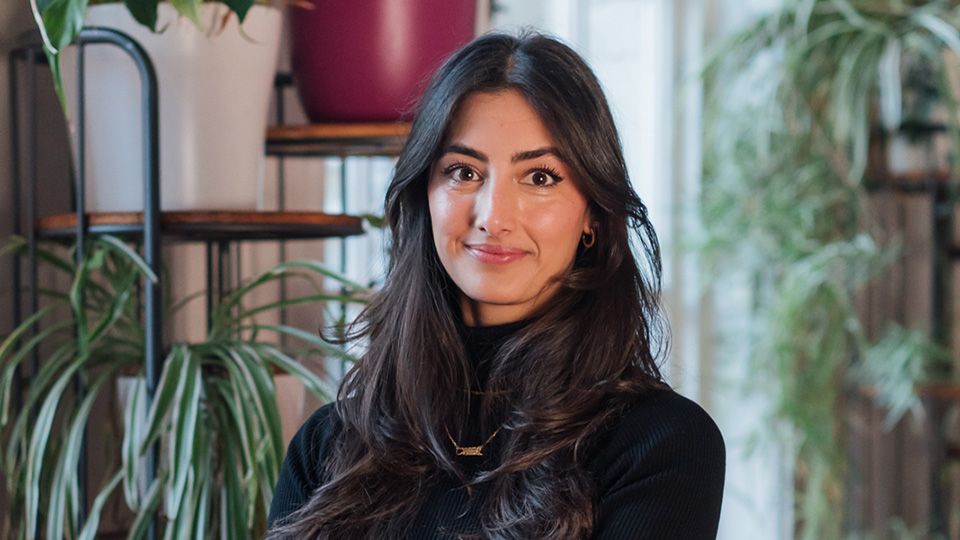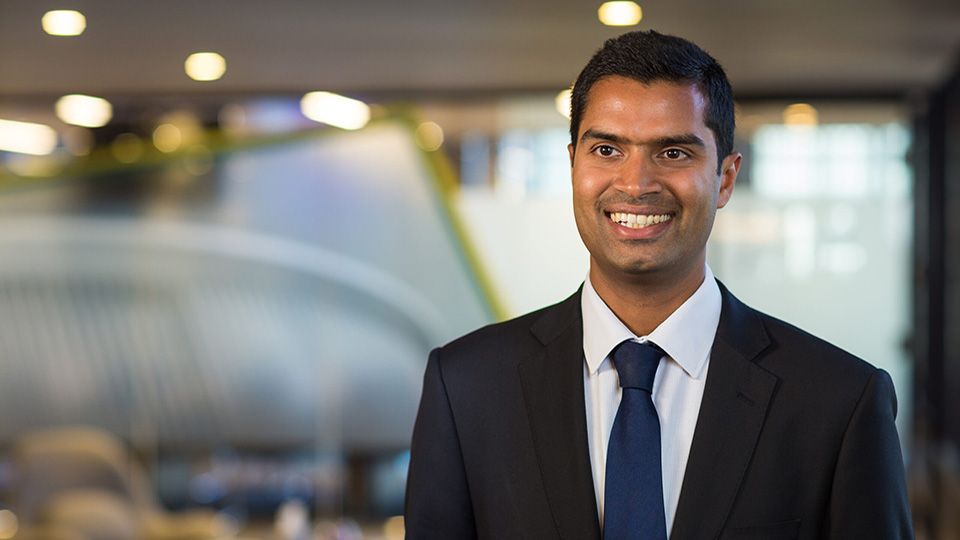In the latest episode of the Green Dream, Therese Niklasson, global head of sustainable investment at Newton Investment Management, gets back to basics on global warming and biophysical systems, and explains why capital needs to be directed more towards emerging markets.
Watch the full video interview above and read the transcript below.
NK: Hello and welcome back to the Green Dream video series. Today I’m joined by Therese Niklasson, global head of sustainable investment at Newton Investment Management. Thank so much for coming in today. Can you briefly talk about your role and what your day to day looks like?
TN: Yeah, of course. Thank you for having me. So like you said, I’m head of sustainable investment at Newton and I wear many hats there.
But overall, I look after the responsible investment team. We are the team that support the investment teams with ESG integration. We help the portfolio managers with their sustainable investment portfolios, and we also do stewardship and the ESG data management.
NK: We talk a lot about global warming….let’s get back to basics. What does that look like and how did we get here?
TN: Thank you. It’s a great question. It’s a big question. There’s both a complex answer to that and a simple answer to that. From a simplistic perspective, the way that our economic growth has come about, whether you look at it through the economic accelerations going back a couple of decades or even further, there’s been a disconnect, basically with the natural environment and the concept of sustainability being fundamental to the way that we have economic growth.
And that sort of led to this really big externality in terms of climate change, which is now obviously creating a lot of issues for us. From a more complex perspective, there’s obviously a lot of political history around this – the reasons why the incentives have not been there to deal with it. The two of these together has basically meant that we’ve ended up in this in the space.
NK: Okay. And there’s a small-but-closing-very-quickly window to change things. How do we go about that?
TN: Without sounding too negative about this space, it is very small. The scientific community tells us that we have the best part of a decade to really make some really drastic and rapid changes to this space. So one way to think about it is looking at it through the lens of biophysical systems that have impacts on the climate system.
There are 15 of them and it can be, for example, permafrost, nine of these biophysical systems are now facing tipping points. That’s why it’s so urgent, because once you pass these tipping points, it’s very difficult to come back. So what we do in the next couple of years will actually have an effect for the next thousands of years in terms of this balance that we’ve had in the in the in the climate system, basically.
NK: Despite there being a huge increase in sustainable investing, perhaps over the last five years, there’s still a huge gap in the amount of capital that we need directed towards this. How do we get there? How do we get that capital?
TN: Yeah, so it’s a little bit of an odd situation to look at because on the one hand we’re looking at these really big numbers that are going into sustainable investment. Depending on the source you are still looking at somewhere in the region of over $30trn, which is now in sustainable investment in terms of AUM, in some shape or form, and that’s an increase of more than 15% over the last two years. So very substantial. The problem is that in terms of what those investments are, that could look very different.
It can be investments or capital going into solution providers, such as renewable energy to keep it simple, but it could also be companies that are just not having a great impact on society or the environment that are just considered to be neutral, in effect, and they are part of that sustainable investment universe. What is needed, of course, is capital going towards transformation, and that’s really where that funding gap is.
Most of the money that is within the sustainable investment space is also in developed markets today, and that could be based on the fact that there is a desire to purify portfolios, ensuring that they are very clean and green and sort of free from issues. And that could mean that you don’t want to invest in emerging markets, for example, but that’s where the funding gap is. That’s where we have to put our capital. And that number is big. If it’s about climate change, which we’ve been talking about, it’s about $1trn a year to reach net zero. So it’s quite substantial.
NK: Thank you so much for explaining that to us. We always end the Green Dream with this question, what is your favourite sustainable drink or snack?
TN: I like that question. I am obsessed with Kombucha at the moment. I really, really enjoy it. I particularly enjoy because it’s one of those fizzy drinks that when you put it back in your fridge or you take the lid off again, it’s actually refizzed itself as opposed to other drinks. It’s really quite easy to find sustainable alternate versions of those. If you go to cafes or bars around the UK, many are now making their own drinks. So that’s something I find I think is really delicious and really nice.
NK: Great. Thank you very much. Thanks for coming in.
TN: Pleasure. Thank you.




